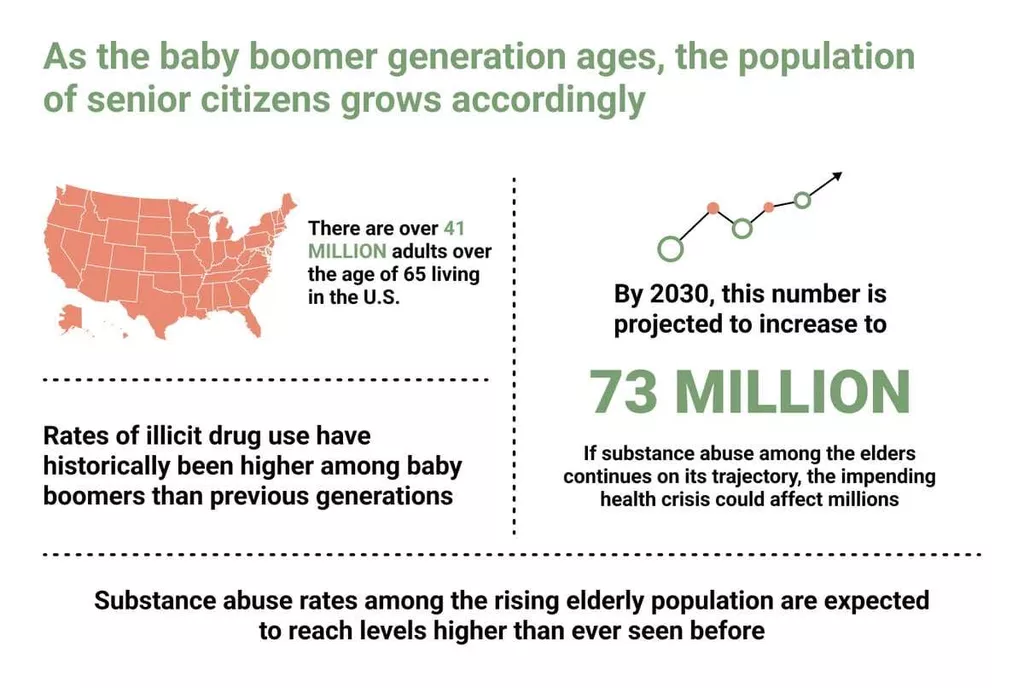
One recent large-scale research effort assessing the RP model was the Relapse Replication and Extension Project (RREP), which was funded by the National Institute on Alcohol Abuse and Alcoholism (Lowman et al. 1996). This collaborative research project evaluated the reliability of raters’ categorizations of high-risk situations using Marlatt’s taxonomy and assessed whether a prior situation could predict future lapse episodes. In one clinical intervention based on this approach, the client is taught to visualize the urge or craving as a wave, watching it rise and fall as an observer and not to be “wiped out” by it. This imagery technique is known as “urge surfing” and refers to conceptualizing the urge or craving as a wave that crests and then washes onto a beach. In so doing, the client learns that rather than building interminably until they become overwhelming, urges and cravings peak and subside rather quickly if they are not acted on.
Countering The Abstinence Violation Effect: Supporting Recovery Through Relapse
Many college officials and students have only found out about the changes when they have checked a federal database and seen changes to an individual’s immigration status. Find out about the abstinence violation effect and what signs to look for in an upcoming relapse. Overall, the Abstinence Violation Effect is a complex phenomenon influenced by a combination of cognitive, emotional, and biological factors. This can create a cycle of self-recrimination and further substance use, making it challenging to maintain long-term abstinence. One of the key features of the AVE is its potential to trigger a downward spiral of further relapse and continued substance use. Once they’re in the U.S., international students’ legal status is overseen by the Student and Exchange Visitor Program under the Department of Homeland Security.
Specific Intervention Strategies
We want to give recovering addicts the tools to return to the outside world completely substance-free and successful. Ark Behavioral Health offers 100% confidential substance abuse assessment and treatment placement tailored to your individual needs. It’s important to establish that a one-time lapse in a person’s recovery from drugs or alcohol is not considered a full blown relapse. It includes thoughts and feelings like shame, guilt, anger, failure, depression, and recklessness as well as a return to addictive behaviors and drug use. The abstinence violation effect (AVE) describes the tendency of people recovering from addiction to spiral out of control when they experience even a minor relapse.

Navigating the Abstinence Violation Effect in Eating Disorders
Addressing the AVE in the context of addiction treatment involves helping people develop healthier coping strategies and challenging negative beliefs alcohol rehab that contribute to addiction. Additionally, individuals may engage in cognitive distortions or negative self-talk, such as believing that the relapse is evidence of personal weakness. The Abstinence Violation Effect is a psychological phenomenon that occurs when a person experiences relapse after attempting to abstain from drug or alcohol use.


Fortunately, professional treatment for addiction can improve outcomes for people experiencing the Abstinence Violation Effect. Identify triggers that may have contributed to the relapse and develop strategies to address them proactively in the future. Maintain a balanced lifestyle by eating healthily, abstinence violation effect exercising regularly, getting enough sleep, and engaging in activities that bring you happiness and fulfillment. Set realistic expectations for your recovery journey, understanding that progress may not always be linear.
Is abstinence a decision to avoid risk behaviors?
According to this metaphor, learning to anticipate and plan for high-risk situations during recovery from alcoholism is equivalent to having a good road map, a well-equipped tool box, a full tank of gas, and a spare tire in good condition for the journey. The cognitive-behavioral model of the relapse process posits a central role for high-risk situations and for the drinker’s response to those situations. People with effective coping responses have confidence that they can cope with the situation (i.e., increased self-efficacy), thereby reducing the probability of a relapse. Conversely, people with ineffective coping responses will experience decreased self-efficacy, which, together with the expectation that alcohol use will have a positive effect (i.e., positive outcome expectancies), can result in an initial lapse. This lapse, in turn, can result in feelings of guilt and failure (i.e., an abstinence violation effect). The abstinence violation effect, along with positive outcome expectancies, can increase the probability of a relapse.
The RP model of relapse is centered around a detailed taxonomy of emotions, events, and situations that can precipitate both lapses and relapses to drinking. This taxonomy includes both immediate relapse determinants and covert antecedents, which indirectly increase a person’s vulnerability to relapse. Based on the classification of relapse determinants and high-risk situations proposed in the RP model, numerous treatment components have been developed that are aimed at helping the recovering alcoholic cope with high-risk situations. The results of recent research, particularly the RREP study, likely will lead to modifications of the original RP model, particularly with regard to the assessment of high-risk situations as well as the conceptualization of covert and immediate antecedents of relapse. Overall, however, research findings support both the overall model of the relapse process and the effectiveness of treatment strategies based on the model.

- If stressors are not balanced by sufficient stress management strategies, the client is more likely to use alcohol in an attempt to gain some relief or escape from stress.
- For example, someone might decide to quit smoking to lower their health risks later in life, even if a single cigarette might not be life-threatening in the moment.
- Thus, clients are taught to reframe their perception of lapses—to view them not as failures or indicators of a lack of willpower but as mistakes or errors in learning that signal the need for increased planning to cope more effectively in similar situations in the future.
- Often, the therapist provides the client with simple written instructions to refer to in the event of a lapse.
- It has also been shown to promote a decrease in symptoms of anxiety, depression, and specific phobias, all which have a comorbid relationship with substance use disorders.
- Find out about the abstinence violation effect and what signs to look for in an upcoming relapse.
Lapse-management strategies focus on halting the lapse and combating the abstinence violation effect to prevent an uncontrolled relapse episode. Lapse management includes contracting with the client to limit the extent of use, to contact the therapist as soon as possible after the lapse, and to evaluate the situation for clues to the factors that triggered the lapse. Often, the therapist provides the client with simple written instructions to refer to in the event of a lapse. These instructions reiterate the importance of stopping alcohol consumption and (safely) leaving the lapse-inducing situation. Lapse management is presented to clients as an “emergency preparedness” kit for their “journey” to abstinence. Many clients may never need to use their lapse-management plan, but adequate preparation can greatly lessen the harm if a lapse does occur.


Leave a Reply